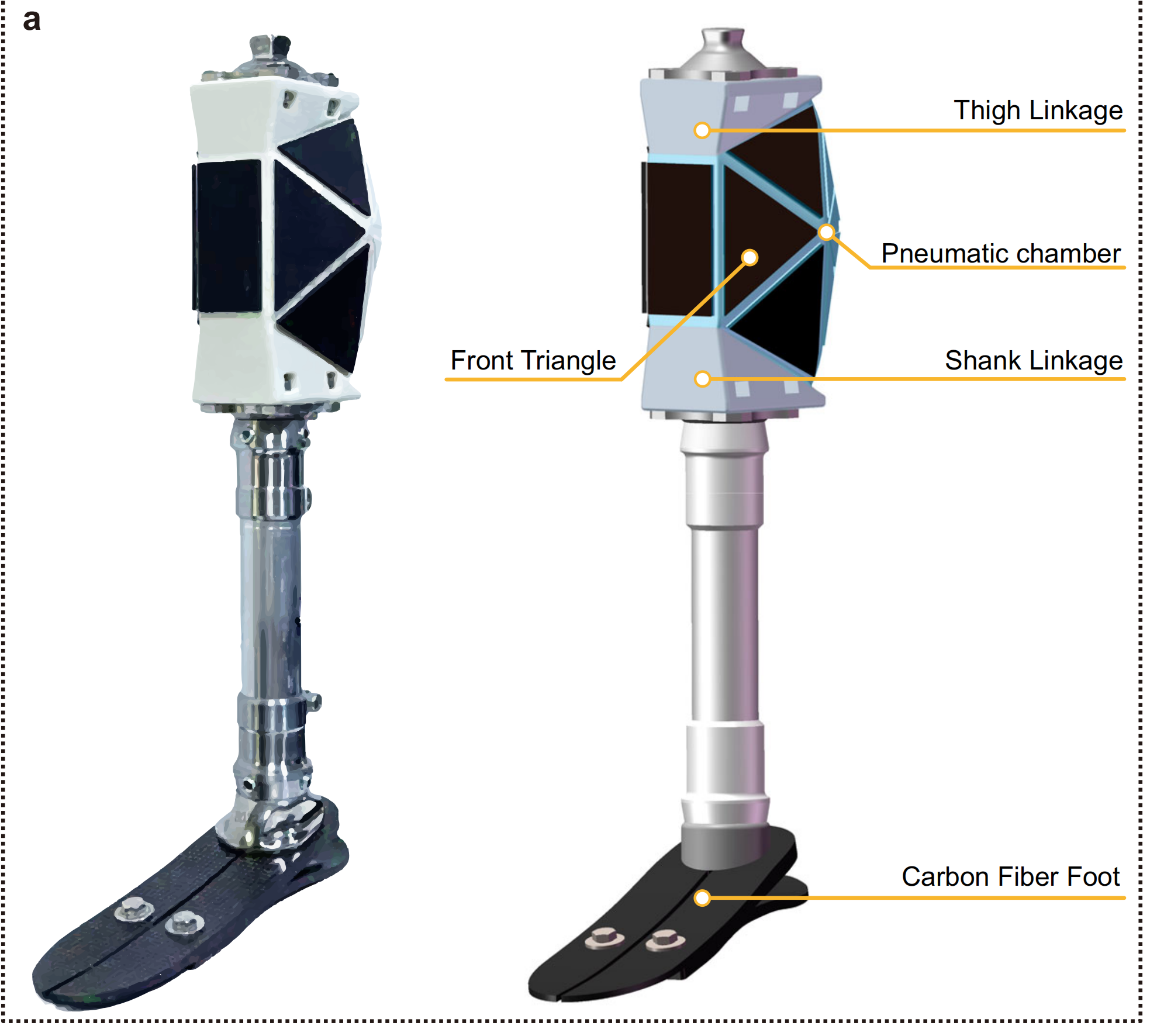4,000-Year Site Shows Evolution of Civilization
The fish-shaped, cattle-shaped, and pig-shaped vessels unearthed from the Mopanshan site, Anhui province. (PHOTO: XINHUA)
By ZONG Shihan
The Mopanshan site in Langxi county, Anhui province in central China, was one of China's top 10 archaeological discoveries in 2023.
The approximately 1,625-square-meter excavated area shows a well-preserved, large-scale, and culturally rich representative pre-Qin period (paleolithic period - 221 BC) culture. The site is a major discovery to understand the evolution of civilization in the lower reaches of the Yangtze River over the past 4,000 years.
The artifacts unearthed at the Mopanshan site indicate that the local residents enjoyed a prosperous lifestyle. The numerous net-sinking and ceramic weaving tools suggest a developed fishing economy. Most of the stone tools show signs of use, indicating that handicrafts and agriculture employing stone tools were relatively advanced. Their fishing-based economy was supplemented by farming, herding, gathering, and hunting.
A considerable number of jade artifacts were also excavated, including jade rings, pendants, beads and buttons. Many of these objects were reused, with fragmented jade pieces drilled and strung together, indicating jade may have been regarded as a precious item.
Archaeologists also discovered some unique artifacts, such as fish-, pig- and cattle-shaped vessels. These biomimetic artifacts reflect the lifestyle and aesthetic preferences of the ancient residents.







